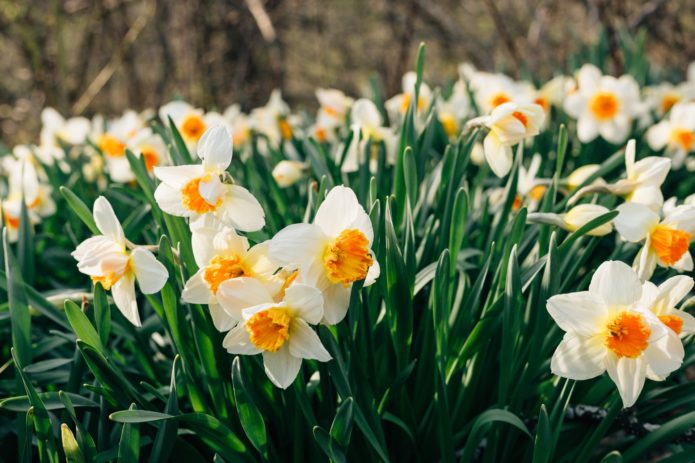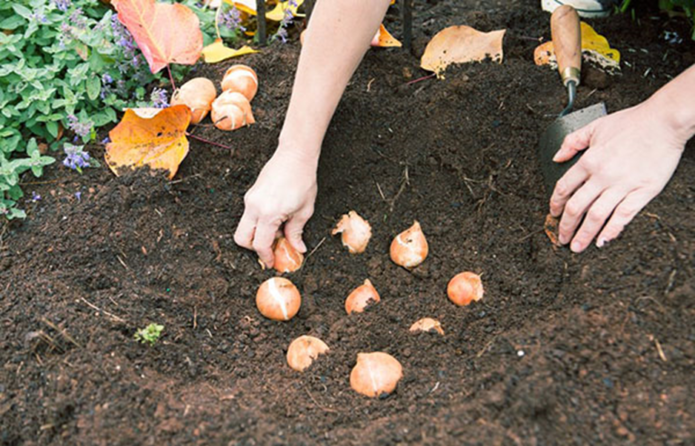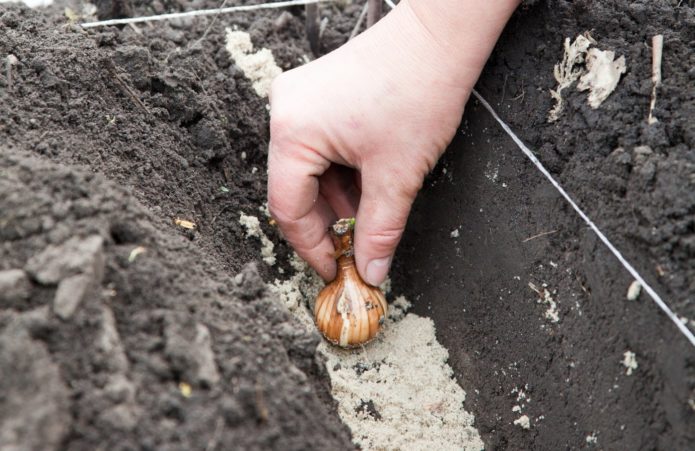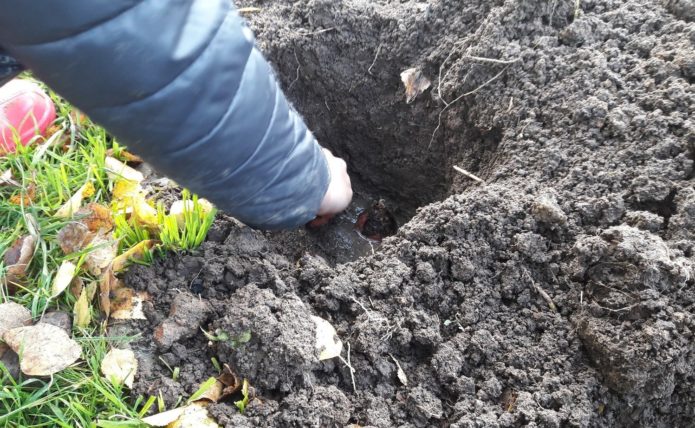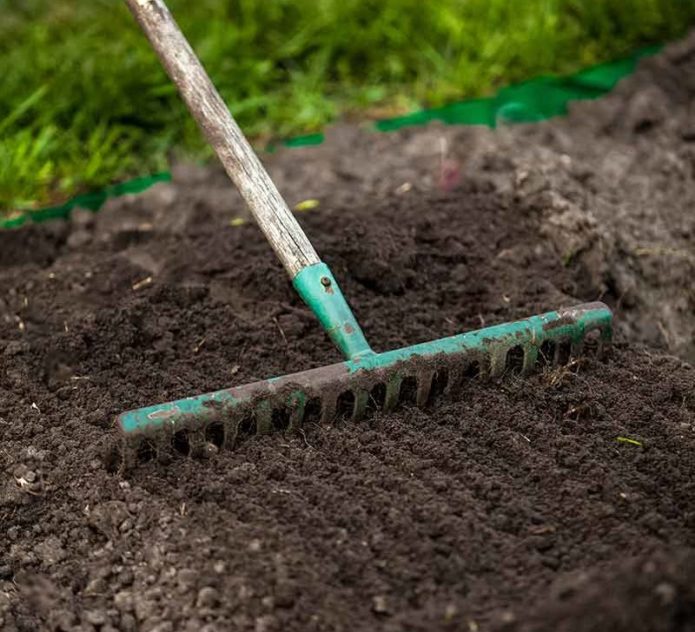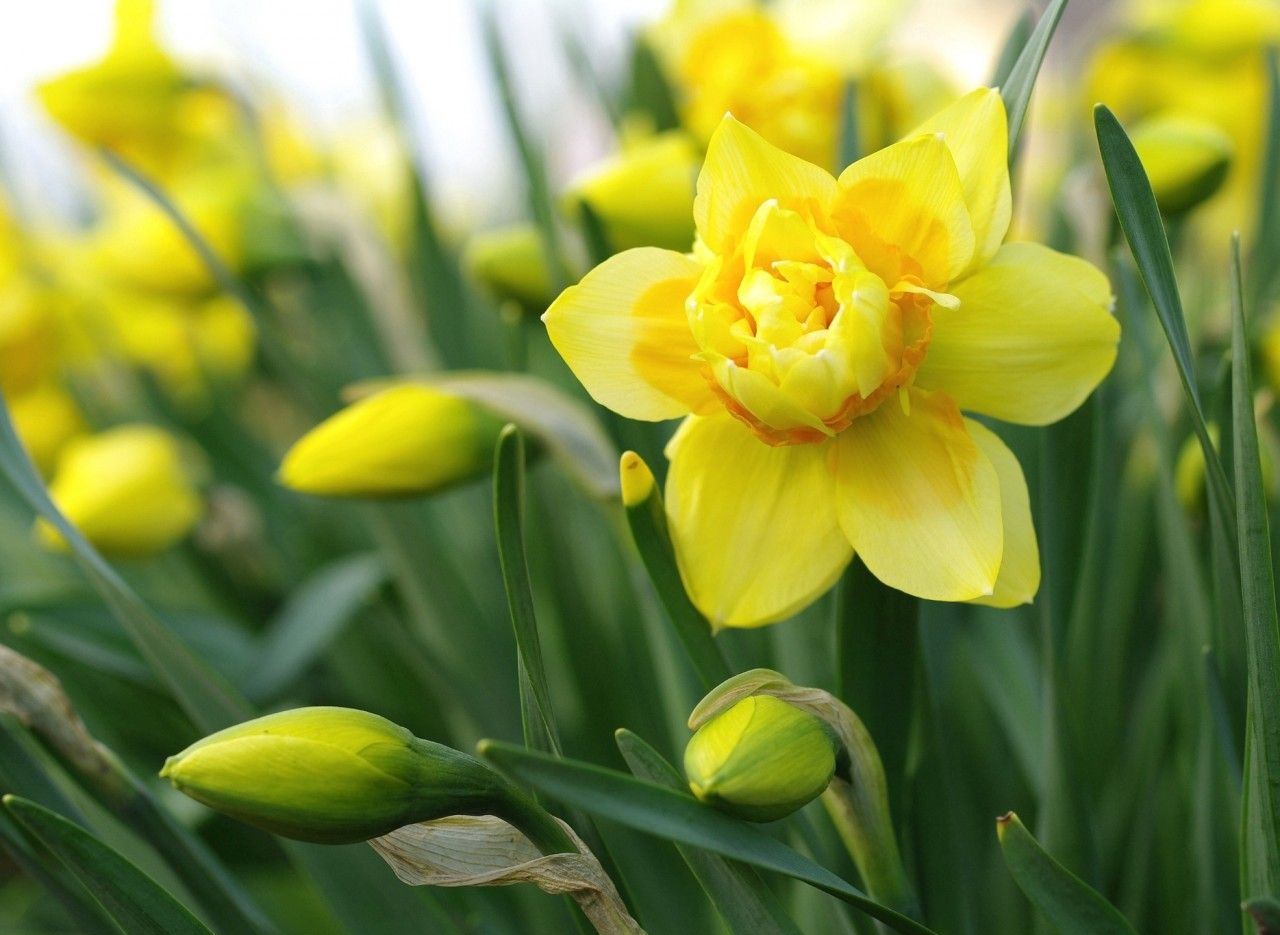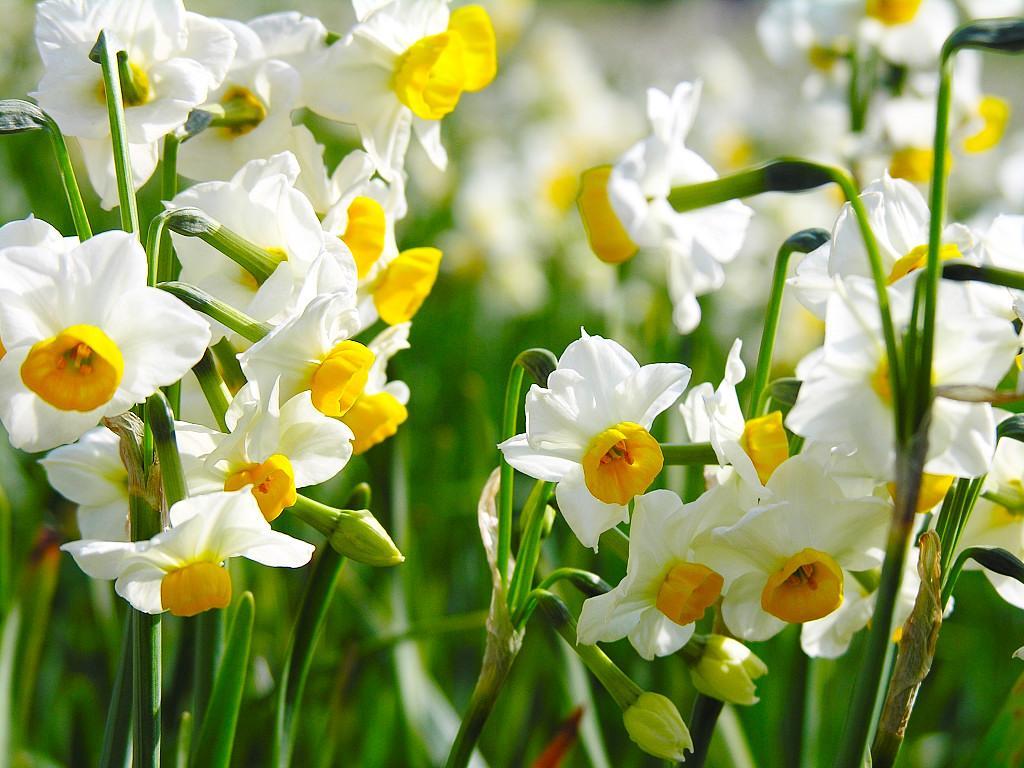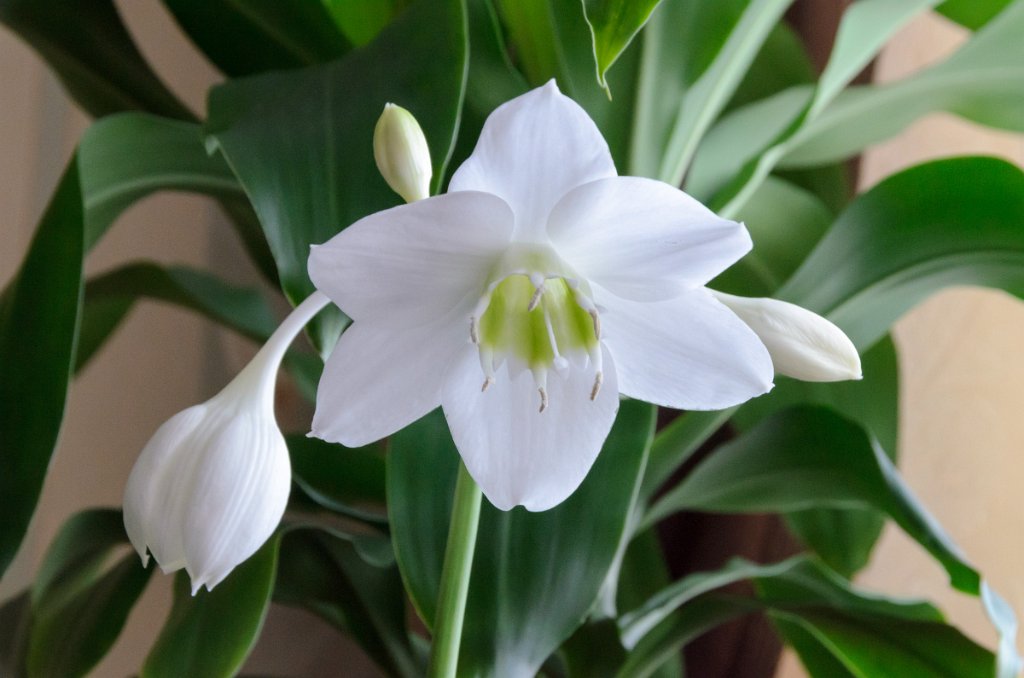Daffodils are flowers loved by many gardeners. And for good reason: they are unpretentious in care, but at the same time they are very beautiful. In order for the flowering to be abundant and pleasing to the eye, it is necessary to know the peculiarities of the technology of planting daffodils in the fall, and also take into account the climatic features of a particular region.
When is the best time to plant a plant
When asked what time of year it is better to plant daffodils, there is no definite answer: everything here will depend primarily on the weather conditions of your place of residence.
Most gardeners find it preferable to plant either in late summer or early fall. The optimal period is from mid-August to mid-September. It was at this time that the root shoots develop actively, and this is the undoubted plus of the autumn planting. The disadvantages include the risk of frost. If cold weather comes unexpectedly, the bulbs may die.
In the spring, planting is also possible, provided that the variety is thermophilic. However, in practice, this most often happens if, for some reason, the right time was missed. Before spring planting, it is necessary to keep the planting material in a cool environment at a temperature of + 1 ... 4 ° C for 2-3 weeks.
Planting dates in autumn
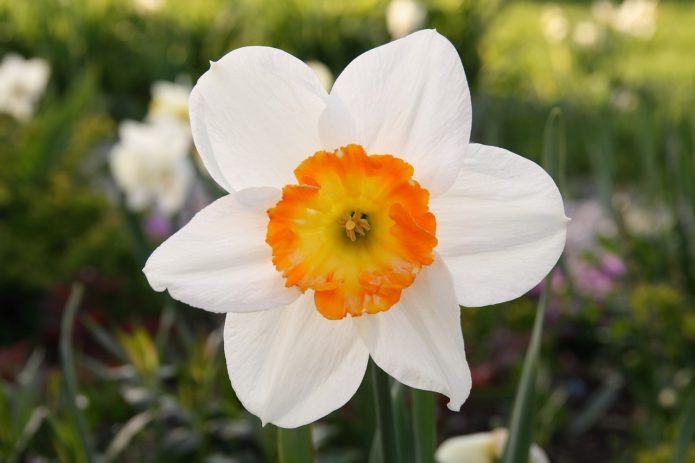
Experts advise planting botanical daffodils in the first half of September, and flowers with large bulbs in the 20th of the month.
The main factor that should be guided by when planting daffodils is the soil temperature: it should be kept at + 8 ... 10 ° C for 15 days.
When is it better to plant daffodils, depending on the region: table
| Location | When is the best time to plant daffodils |
| South | From October 30 to November 10 |
| Middle zone of Russia | From August 15 to September 10 |
| Moscow and Moscow region | From August 10 to September 15 |
| Leningrad region | From August 10 to September 15 |
| Ural | At the beginning of August |
| Siberia | In late August |
According to the lunar calendar 2019, it is best to land on the following dates:
- in September: 2–4, 11–12, 29–30;
- in October: 1, 4-6, 12-14, 19-21.
How to choose and prepare a planting site

Daffodils not only decorate the site, but also create protection from mice for neighboring plants due to the content of substances poisonous to rodents.
Daffodils are unpretentious, so the planting site can be either sunny or shady.
There are, however, certain varieties that prefer the sun - such as Assoan daffodil or bouquet. But this is rather an exception to the rule.
The main condition to remember: no drafts! Make sure that the landing site is reliably protected from all sides.
Daffodils are moisture-loving, so loamy soil is suitable for them, and not sandy loam. Preparation for planting should begin in mid-July. If the soil is too heavy, it is necessary to add fine sand to it and dig it up. Clay must be added to the sandy loam soil so that it better retains the liquid inside.
Fertilizers are placed in each hole dug under the plant during planting. If you add a little wood ash to the soil, it will have a positive effect on the growth and health of the daffodils.
Planting instructions
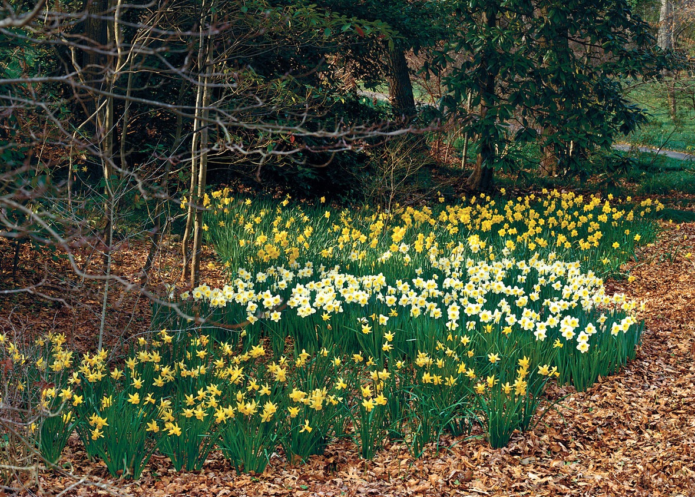
It is better to plant small daffodils in piles, reducing the distance between the holes: this will create a cozy floral corner
The main rule that is used when planting daffodils is as follows: the depth of the bulb is equal to its triple height. Usually, a hole is dug up to a depth of 10 to 25 cm, depending on the quality of the soil and the size of the bulbs.
If the soil is loamy, heavy, you need to make a hole 10 cm deep, and if light, sandy - 25 cm. Before starting work, the earth should be carefully dug up.
The daffodil planting algorithm is as follows:
- First, you need to dig holes at a distance of 15–20 cm from each other.
- The bottom of each hole must be covered with a layer of sand to create drainage.
- The bulb must be placed in the hole and pressed slightly.
- It is necessary to sprinkle the planting material with wood ash, and then cover it with soil.
How to plant daffodils in the fall: video
How to care for daffodils to get through the winter
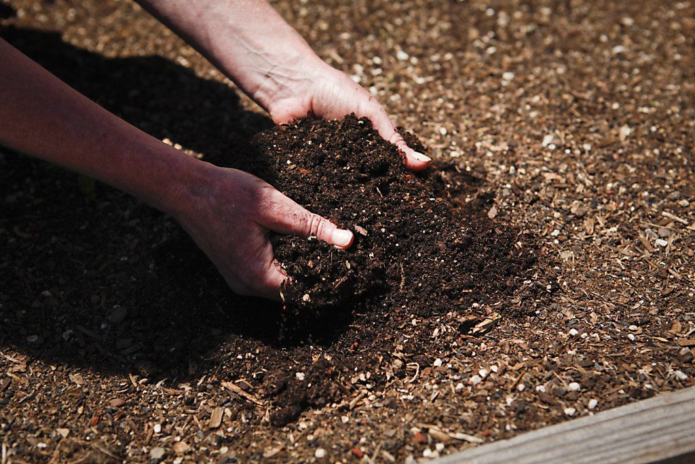
Mulching will reliably protect the bulbs from freezing and death, and they will turn into fragrant flowers in spring
Within two to three weeks after planting in the ground, daffodils are regularly watered. This is done in order to stimulate the emergence of roots. It is necessary that the soil is sufficiently moist, but not soggy. Excess moisture will not affect the development of flowers in the best way. After each watering, the soil surface must be loosened.
When the soil freezes, you must immediately cover the beds with a mixture of peat, humus and wood ash. It is prepared in the following proportion: 1 bucket of peat, 2 kg of humus, 1 kg of ash. In the north, it will also be useful to mulch the beds with a layer of straw 10-15 cm thick.
To successfully grow daffodils, you need to have healthy planting material, remember the conditions under which you can plant, and also know how to care for the plants. If all these points are observed, flowers will delight you and your loved ones for a long time with their beauty and magical aroma.
